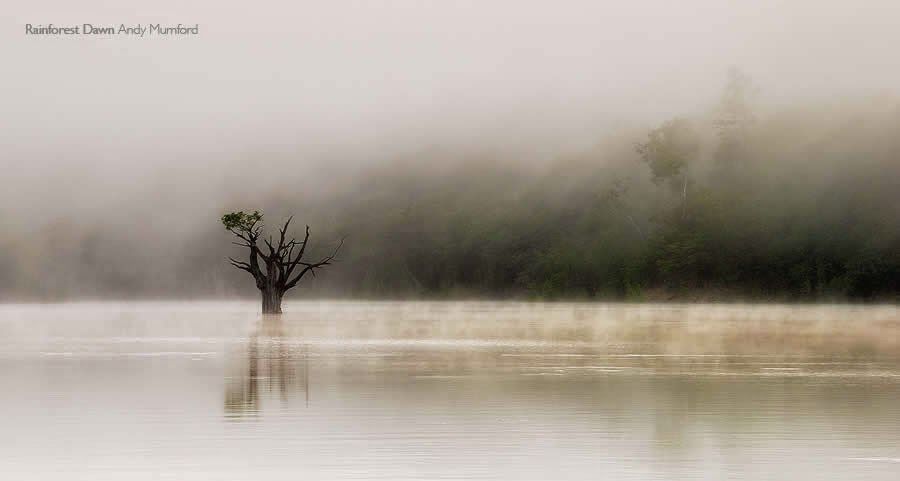Amazon River is the greatest
river of South America and the largest drainage system in the world in terms of
the volume of its flow and the area of its basin. Amazon River is at
approximately 4,000 miles (6,400 kilometers) equivalent of the distance from
New York City to Rome. Amazon River is the 2nd longest river in the
world, just slightly shorter than the River Nile, but the largest river by
volume. The length of the Amazon and the Nile Rivers has been in a tight battle
for title of world's longest river. The precise length of the two rivers
differs over time and reputable sources disagree as to their actual length.
The Amazon River has more than
3,000 recognized species of fish and more new species are still being
discovered. The Amazon Basin is covered by half of the planet’s remaining
rainforests. Therefore a tenth of the world’s projected 10 million living
species live in the Amazon rainforest, jungle tours are more about the boating
upriver into the damp, buzzing, oppressive ambience than actually spotting
animals. Amazon River westernmost source is high in the Andes Mountains, within
160 kilometers of the Pacific Ocean, and its mouth is in the Atlantic Ocean, on
the northeastern coast of Brazil.
As most of know, that Amazon
River is located in South America. And
it runs through Guyana, Ecuador, Venezuela, Bolivia, Brazil, Colombia and Peru.
During the rainy season, the Amazon River can stretch to over 190 kilometers
(120 miles) in width. There’re no bridges that cross the Amazon, because there
is no need of bridges as the majority of the Amazon River runs through
rainforests rather than roads or cities. The largest city along the Amazon
River is Manaus. Located in Brazil it is home to over 1.7 million people. The
one of world’s largest snake Anacondas lurk in the shallow waters of the Amazon
Basin, they’re occasionally attack larger animals such as goats that get to
close the water. The Amazon River is also home to the piranha, a meat eating type
of fish! Being carnivores, piranhas are famous to attack in groups, preying on
livestock that strays into the water and possibly appearing in one or two of
your own nightmares!
The Amazon
River is not only the greatest in the world but it is also home to several
other "Extremes" A captured Arapaima: one of the largest freshwater
fish species in the world of the natural world. Rapaima is locally famous as
Pirarucu Arapaima gigas are one of largest, fresh water fish in the world.
They’ve been found to reach a length of 15 ft/4m and can weigh up to
440lbs/200kg. Catfish normally found in warm & slow moving waters of lakes
and streams are pretty creepy looking fish with big flat heads and
"whiskers" on either side of their heads. Most catfish are anywhere
from 8” in long to about 5 feet and weighing in at up to 60 pounds. But the
catfish that lives in this part of world is as big as nature will allow they’ve
been captured weighing over 200 pounds! One of the largest freshwater fish in
the world is found living in the waters of the Amazon River.
Cool
Factoid: Did you know that bull sharks have been found in the Amazon River?
Researchers have captured live bull sharks as far as 2,300 miles inland from
the sea thriving in freshwater in the foothills of the Peruvian Andes. Amazon
River drainage basin is the whole northern half of the continent of South
America as a shallow dish or saucer. Whenever rain falls and lands anywhere in
the river basin it all runs into the lowest place in the pan, which happens to
be the Amazon River. The sheer volume of rain in the Amazon jungle and the
slope of the surrounding land, combine to create the enormous river famous as
the Amazon.
Here's list of some species which can easily found at Amazon River.
 |
| Violet-Fronted Brilliant |
 |
| Tupi ‘red bird,’ also known as the scarlet ibis |
 |
| Toucan |
 |
| Tillandsia cyanea |
 |
| The water lily (Victoria regia |
 |
| Tapir |
 |
| Striated Heron |
 |
| Squirrel Monkey |
 |
| Red-Bellied Piranhas |
 |
| Piranha |
 |
| Pink River Dolphins |
 |
| Payara (Vampire Fish) |
 |
| Palm Tanager in the Amazon |
 |
| Masked Crimson Tanager |
 |
| Pacu |
 |
| Lily of the Amazon |
 |
| Laguna |
 |
| Godzilla. |
 |
| Ginger Torch |
 |
| Emerald Boa |
 |
| Giant Otter |
 |
| Electric Eels |
 |
| Capped Heron |
 |
| Alligators |
 |
| Amazon Flower |
 |
| Amazon Lily |
 |
| Anaconda |
 |
| Black Caiman |
 |
| Black-crowned Night-Heron |
 |
| Bull Sharks |
 |
| Candiru |
 |
| Capped Heron |

















































































